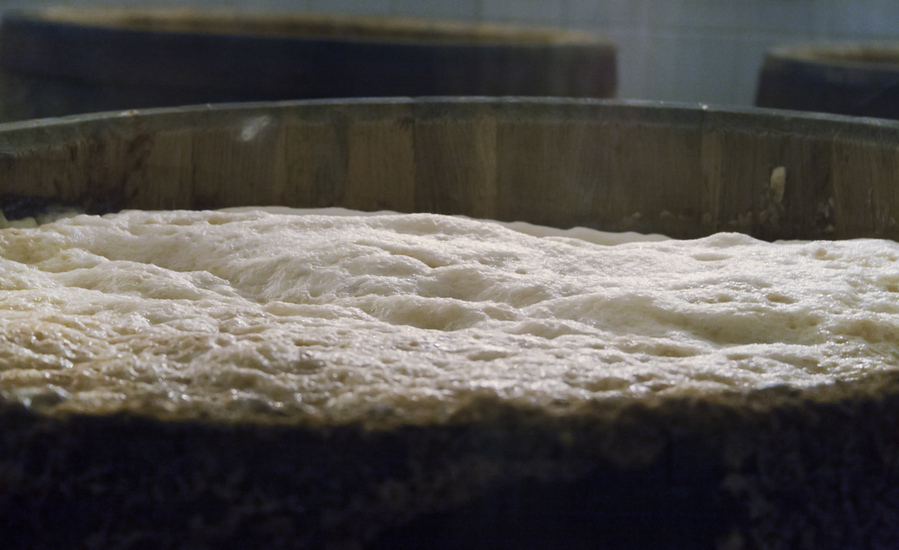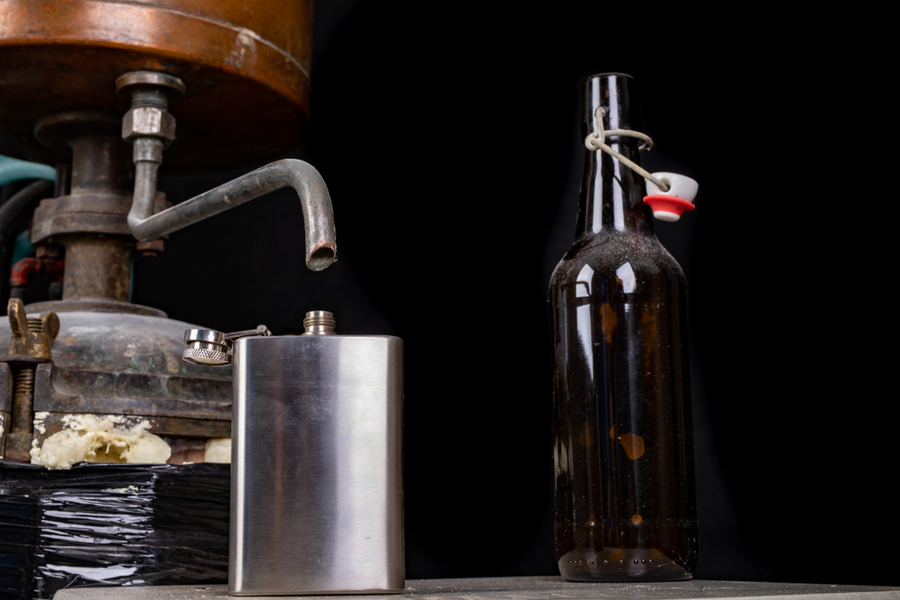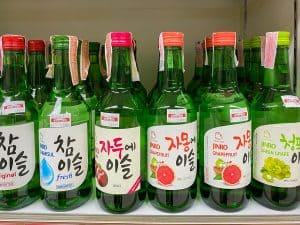
Something is compelling about the idea of producing your own bottle of bourbon whiskey at home—one where you were involved in each step of its creation and poured your heart and soul into it.
But. We don’t like starting articles with disclaimers, but it is vital today.
This article is purely hypothetical. View it as a think piece or an imagination piece. Without a license and federal approval, distilling alcohol at home in the United States is illegal. Also, bourbon is a federally protected name. It is also super dangerous to distill spirits at home if you don’t know what you are doing or are not an expert with the correct equipment.
With that out of the way, how would you make bourbon whiskey at home?
Hypothetically, you’ll need your corn base and other grains such as wheat, barley, and rye. Milling and boiling your grains releases sugars, and adding brewer’s yeast creates the corn mash. After fermentation, you’ll distill your whiskey in an oak barrel.
First, we’ll see what the United States law says about distilling spirits at home. Then we’ll walk you through the hypothetical process of creating the mash, fermenting, and finally distilling it. The last step is to age it and bottle all your hard work.
Making Bourbon at Home—The Hypothetical Guide

The law in the US prohibits distilling spirits at home. The law is explicitly clear on this:
A person may not produce distilled spirits at home for personal use. Except as otherwise provided by law, distilled spirits may only be produced by a distilled spirits plant registered with TTB under the provisions of 26 U.S.C. 5171. All distilled spirits produced in the United States are subject to the tax imposed by 26 U.S.C. 5001.
(26 U.S.C. 5001, 5601, and 5602)
Producing wine and beer for home consumption is luckily legal, and you can do it without risking the feds raiding your house. We don’t want you to get into trouble with the authorities, so please enjoy the imaginary ride with us.
Ingredients and Equipment

Bourbon has a base of 51% corn and then another grain. Usually, the rest is made up of barley, wheat, or rye.
So, technically, if you have 10 kilograms of grain mixture, you will need 5.1kg (11.2 lbs) of corn, with the remainder (4.9kg or 10.8 lbs) made up of your chosen grain. You will need about 10 pounds of corn to produce around 5 gallons of bourbon whiskey.
Apart from corn, you will also need a corn mill. The critical component to getting everything fermenting is brewer’s yeast.
Perhaps the most critical item is a still to distill your fermented mash—we’ll get to this step later.
When ordering the link item, you’ll need to assemble it. Bourbon whiskey is aged in new charred oak barrels—a five-gallon barrel should do the trick.
You need sterile bottles to store your hypothetical bourbon whiskey.
Boiling and Fermentation

After running your corn and other grains through your mill three or four times, it is time to boil it in clean water to produce the corn mash. High temperatures are needed to expose the sugars in the grains.
The recommendation is to use a home brewing kit for beer. At this point, you are still following the same recipe for making a beer (and it is not too late to switch over if you are scared of the law).
Fermentation happens when you add the all-important brewer’s yeast to the cooked corn mash. The yeast will feast on the sugars in the mash and produce alcohol.
Any sterile sealed container can be used, and you can still use the beer brewing kit at this point. Temperature control is essential—if it is too hot, your yeast will die, and if it is too cold, your yeast will become inactive.
Fermentation will take a few days.
Once it stops bubbling, given that the temperature was perfectly controlled the whole time, you will get one step closer to distilling your hypothetical bourbon whiskey.
The Perils of Distillation

This is the most dangerous part of producing your bourbon whiskey at home. You’ll put your fermented mash in your still to get the alcohol and taste out of the fermented liquid.
Heating it over medium heat will cause the mixture to produce vapors—alcohol evaporates at 80ºC or 176ºF. And this is where it becomes hazardous and why there are laws to protect and prohibit folks from distilling at home.
The slightest leak anywhere in your operation can literally cause an explosion because of the alcohol vapors.
The first cut, called the foreshot, is pure methanol or wood alcohol. It constitutes about 5% of your distilled product (five percent of five gallons is around 7 fl. oz or 200ml).
It is used as a solvent, pesticide, and alternative fuel—you wouldn’t normally drink any of these, so don’t even consider tasting or drinking the foreshot. Discard it safely or allow it to evaporate outside in the open air, away from direct sunlight.
After the foreshots, you’ll get the heads. These are still not safe for human consumption because they may contain chemical compounds such as acetone, acetate, or acetaldehyde.
You will, again, discard around three quarts or 2.7 liters of fluid—this is around 30% of your distillate to be on the safe side.
The Heart of Whiskey

You might be thinking about what will be left, but fear not. We have arrived at the heart of the matter.
The consumable part of whiskey is called the heart by distillers. The following 30% (three quarts or 2.7 liters) of your distillate is safe to drink. This distillate you can safely taste—look for a sweet and smooth taste similar to that of commercial bourbon.
If you taste anything remotely chemical, spit it out and do not swallow it because it may still contain some harmful chemicals you want to avoid.
Eventually, you will progress out of the heart phase and into the tail phase of distillation. The distillate starts to taste bitter rather than sweet.
You’ll be able to identify this part because there will be a slightly oily appearance on the liquid’s surface.
Aging the Whiskey

This is the legal part again. The recommendation is to use a five-gallon barrel to age your whiskey. This will allow you to age the whiskey in a short period with maximum flavor.
You would need to dilute your whiskey with filtered water to make up the room difference in your barrel. Remember, there should be no space for air in the barrel because your bourbon whiskey can become oxidized, breaking down all the whiskey’s flavor.
There are alternatives to aging your whiskey in a barrel, such as bottle aging.
Bottling the Whiskey

After the aging process in a barrel, you can bottle the fruit of your labor.
Place coffee filters in a funnel and filter your whiskey through these into your sterile bottles. Fill the bottle and close it up.
Remember to store your bourbon whiskey in a cool and dark place.
Conclusion
We have considered a hypothetical idea of making your bourbon whiskey at home. If you have the right equipment at home, you can produce bourbon whiskey safely—the law is there to protect you and those around you and not to put a damper on your fun.









